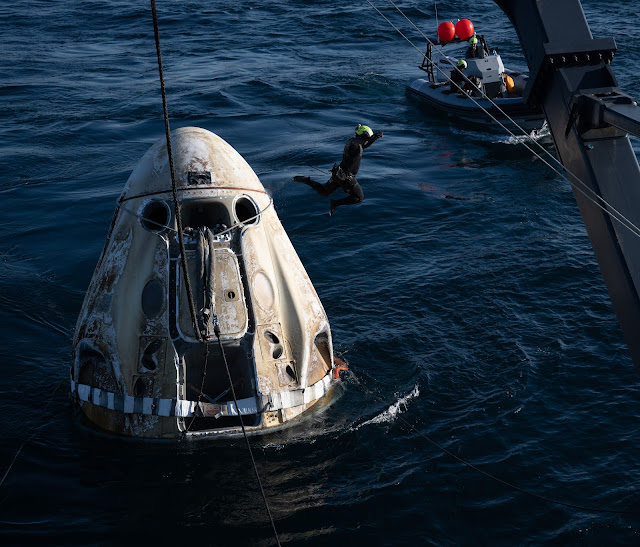New Mars Images: NASA's Perseverance & Curiosity Rovers | JPL
Mars 2020 - Mastcam-Z - sols 484 & 492
Credit: NASA/JPL-Caltech/ASU/MSSS
Mars 2020 - Mastcam-Z - sol 518
Credit: NASA/JPL-Caltech/ASU/MSSS
Mars 2020 - Mastcam-Z - sol 518
Credit: NASA/JPL-Caltech/ASU/MSSS
MSL - MAHLI - sol 3605
Credit: NASA/JPL-Caltech/MSSS
MSL - Mastcam - sol 3621
Credit: NASA/JPL-Caltech/SwRI/MSSS/Kevin M. Gill
Credit: NASA/JPL-Caltech/ASU/PipploIMP
NASA’s Perseverance rover is well into its second science campaign, collecting rock-core samples from features within an area long considered by scientists to be a top prospect for finding signs of ancient microbial life on Mars. The rover has collected four samples from an ancient river delta in the Red Planet’s Jezero Crater since July 7, bringing the total count of scientifically compelling rock samples to 12.
“We picked the Jezero Crater for Perseverance to explore because we thought it had the best chance of providing scientifically excellent samples—and now we know we sent the rover to the right location,” said Thomas Zurbuchen, NASA’s associate administrator for science in Washington. “These first two science campaigns have yielded an amazing diversity of samples to bring back to Earth by the Mars Sample Return campaign.”
Twenty-eight miles (45 kilometers) wide, Jezero Crater hosts a delta—an ancient fan-shaped feature that formed about 3.5 billion years ago at the convergence of a Martian river and a lake. Perseverance is currently investigating the delta’s sedimentary rocks, formed when particles of various sizes settled in the once-watery environment. During its first science campaign, the rover explored the crater’s floor, finding igneous rock, which forms deep underground from magma or during volcanic activity at the surface.
“The delta, with its diverse sedimentary rocks, contrasts beautifully with the igneous rocks—formed from crystallization of magma—discovered on the crater floor,” said Perseverance project scientist Ken Farley of Caltech in Pasadena, California. “This juxtaposition provides us with a rich understanding of the geologic history after the crater formed and a diverse sample suite. For example, we found a sandstone that carries grains and rock fragments created far from Jezero Crater—and a mudstone that includes intriguing organic compounds.”
SHERLOC’s analysis indicates the samples feature a class of organic molecules that are spatially correlated with those of sulfate minerals. Sulfate minerals found in layers of sedimentary rock can yield significant information about the aqueous environments in which they formed.
Organic molecules consist of a wide variety of compounds made primarily of carbon and usually include hydrogen and oxygen atoms. They can also contain other elements, such as nitrogen, phosphorus, and sulfur. While there are chemical processes that produce these molecules that don’t require life, some of these compounds are the chemical building blocks of life. The presence of these specific molecules is considered to be a potential biosignature—a substance or structure that could be evidence of past life but may also have been produced without the presence of life.
For more about Perseverance: mars.nasa.gov/mars2020/
For more about Curiosity:
https://mars.nasa.gov/msl/home/
For more about the Mars Sample Return campaign: mars.nasa.gov/msr
For more information on NASA's Mars missions, visit: mars.nasa.gov
Story Credit: NASA/JPL-Caltech/ASU/MSSS
Release Date: September 15, 2022











.jpg)




































